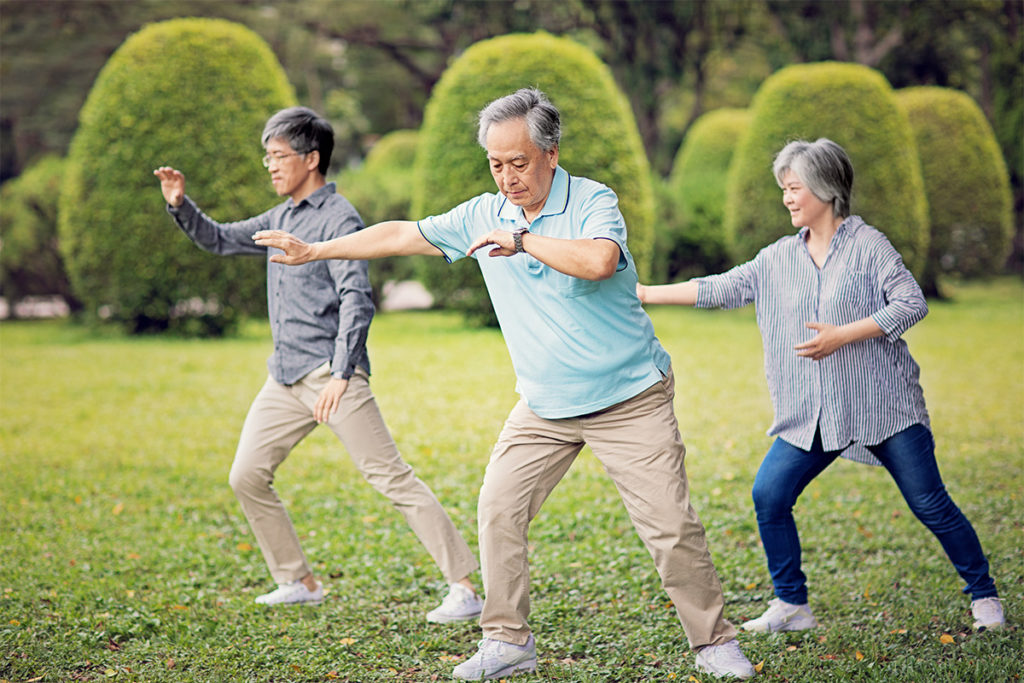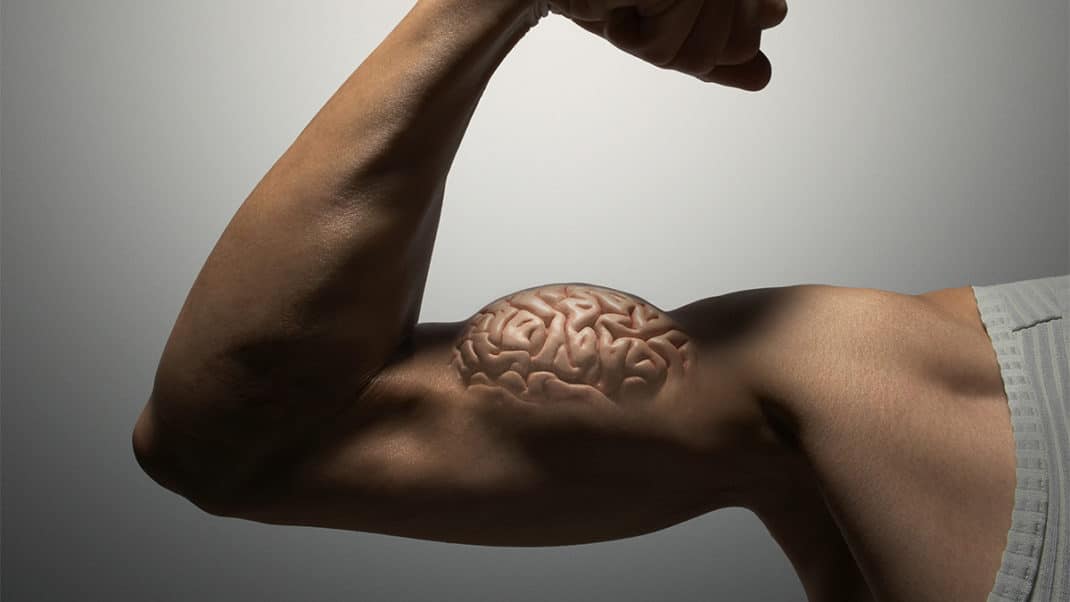A Comprehensive Approach to Lasting Wellness through Holistic Health
Approaching the whole person

In today’s fast-paced world, many individuals seek more than just physical fitness—they crave complete well-being. Holistic health offers a transformative approach that integrates the mind, body, and spirit, helping people cultivate balance across all areas of life. For fitness professionals, wellness educators, and individuals aiming for sustainable health strategies, understanding holistic health can unlock deeper, more effective wellness practices.
What Is Holistic Health?
Holistic health is rooted in the belief that optimal health is achieved by addressing the complete individual, not just isolated symptoms or conditions. This approach acknowledges the intricate relationships between physical, emotional, mental, social, and spiritual dimensions of health (Dossey & Keegan, 2016).
Instead of simply managing disease, holistic practices aim to identify and treat root causes, foster self-awareness, and promote long-term well-being. Core principles include balance, prevention, self-care, and personal empowerment, recognizing that true health requires harmony across all areas of life.
Physical Health: Beyond Exercise
In holistic health, physical fitness extends beyond exercise alone. While regular movement—whether through cardio, strength training, yoga, or tai chi—is foundational, other physical factors are equally important:
- Nutrition: A diet rich in whole, nutrient-dense foods fuels energy, supports immune function, and prevents chronic illness (Wilkinson & Paduano, 2018).
- Sleep: Adequate sleep enhances memory consolidation, hormonal regulation, and recovery from daily stressors (Hirshkowitz et al., 2015).
- Stress Management: Practices such as deep breathing, progressive muscle relaxation, and spending time in nature lower cortisol levels and protect cardiovascular and immune health.
Holistic strategies empower individuals to create daily routines that optimize body functioning rather than focusing solely on symptom treatment.

Mental and Emotional Well-Being
Mental and emotional health are central to the holistic model. Chronic stress, anxiety, and emotional suppression are not just psychological concerns—they manifest physically through inflammation, hormonal imbalance, and compromised immunity (Slavich & Irwin, 2014).
Interventions such as mindfulness meditation, journaling, art therapy, and professional counseling can significantly enhance emotional resilience. These practices help individuals:
- Process emotions constructively
- Foster self-awareness
- Strengthen decision-making skills
- Build more authentic and supportive relationships
Emotional regulation is not only vital for personal happiness but also for achieving lasting behavior changes, including maintaining healthy eating and exercise habits.
Social Connections and Community
Human beings are inherently social creatures. Strong social support networks are associated with reduced rates of depression, increased longevity, and greater resilience to stress (Holt-Lunstad et al., 2010).
In a holistic framework, nurturing social relationships includes:
- Participating in group fitness classes
- Volunteering for causes that align with personal values
- Spending meaningful time with friends and family
- Engaging in community activities such as book clubs or hobby groups
Fitness professionals can enhance client outcomes by fostering community through group programs and encouraging social engagement as part of overall wellness plans.
Spiritual Health: Finding Purpose
Spiritual health transcends religious practice; it’s about seeking meaning, inner peace, and connectedness to something larger than oneself. Research shows that a sense of purpose can reduce stress, lower blood pressure, and even extend life expectancy (Schellenberg et al., 2017).
Spiritual wellness practices might include:
- Meditation or contemplative prayer
- Spending time in nature
- Engaging in artistic or creative pursuits
- Personal reflection through journaling or gratitude exercises
Helping clients explore their values, aspirations, and purpose can strengthen motivation, promote healing, and cultivate lasting well-being.

Integrating Holistic Practices
Embracing holistic health doesn’t require dramatic lifestyle changes overnight. Small, intentional steps can yield profound improvements:
- Mindful Eating: Savor each bite and listen to natural hunger and fullness signals rather than eating mindlessly.
- Regular Movement: Find enjoyable forms of exercise to increase adherence and pleasure.
- Stress Reduction: Incorporate techniques such as guided imagery, breathing exercises, or progressive relaxation.
- Quality Sleep: Establish a bedtime routine, limit screen exposure before sleep, and maintain a consistent sleep schedule.
- Social Engagement: Make space for quality interactions with loved ones or community groups.
By layering these simple strategies, individuals can create synergistic effects that enhance overall vitality.
The Role of Fitness Professionals and Wellness Educators
Professionals in the wellness sector play an essential role in bridging the gap between traditional fitness training and broader wellness needs. Key ways to promote holistic health include:
- Personalized Assessments: Evaluate clients across physical, emotional, social, and spiritual domains to inform customized programs.
- Integrated Program Design: Combine strength, flexibility, and mindfulness elements in fitness programming.
- Lifestyle Education: Offer resources, workshops, and coaching on stress management, sleep hygiene, and nutrition basics.
- Supportive Environment: Foster a welcoming, nonjudgmental space that encourages self-efficacy and intrinsic motivation.
Through a holistic lens, fitness and wellness interventions become transformative, helping clients thrive in all areas of life—not just in the gym.
Holistic health is a dynamic, empowering approach that fosters balance, resilience, and deep well-being. By nurturing the mind, body, and spirit, individuals can achieve greater vitality, emotional richness, and fulfillment.
For fitness professionals and wellness educators, integrating holistic principles into client care enhances not only physical outcomes but also life satisfaction, engagement, and sustainable success. In a world increasingly aware of the importance of mental and emotional health, holistic strategies are not just complementary—they are essential.
References
Dossey, B. M., & Keegan, L. (2016). Holistic nursing: A handbook for practice (7th ed.). Jones & Bartlett Learning.
Hirshkowitz, M., Whiton, K., Albert, S. M., Alessi, C., Bruni, O., DonCarlos, L., … & Adams Hillard, P. J. (2015). National Sleep Foundation’s sleep time duration recommendations: Methodology and results summary. Sleep Health, 1(1), 40–43. https://doi.org/10.1016/j.sleh.2014.12.010
Holt-Lunstad, J., Smith, T. B., & Layton, J. B. (2010). Social relationships and mortality risk: A meta-analytic review. PLOS Medicine, 7(7), e1000316. https://doi.org/10.1371/journal.pmed.1000316
Schellenberg, J. G., Bailis, D. S., & Dunlop, W. L. (2017). The roles of identity development and purpose finding in promoting meaning in life among emerging adults. Emerging Adulthood, 5(4), 286–294. https://doi.org/10.1177/2167696817698012
Slavich, G. M., & Irwin, M. R. (2014). From stress to inflammation and major depressive disorder: A social signal transduction theory of depression. Psychological Bulletin, 140(3), 774–815. https://doi.org/10.1037/a0035302
Wilkinson, T. L., & Paduano, D. (2018). Nutrition and holistic health. In A. B. Lichfield (Ed.), Holistic health: The theory and practice of preventive medicine (pp. 134–152). Routledge.




